Home>Gardening & Outdoor>Outdoor Structures>How Many Deck Blocks Do I Need For A Shed
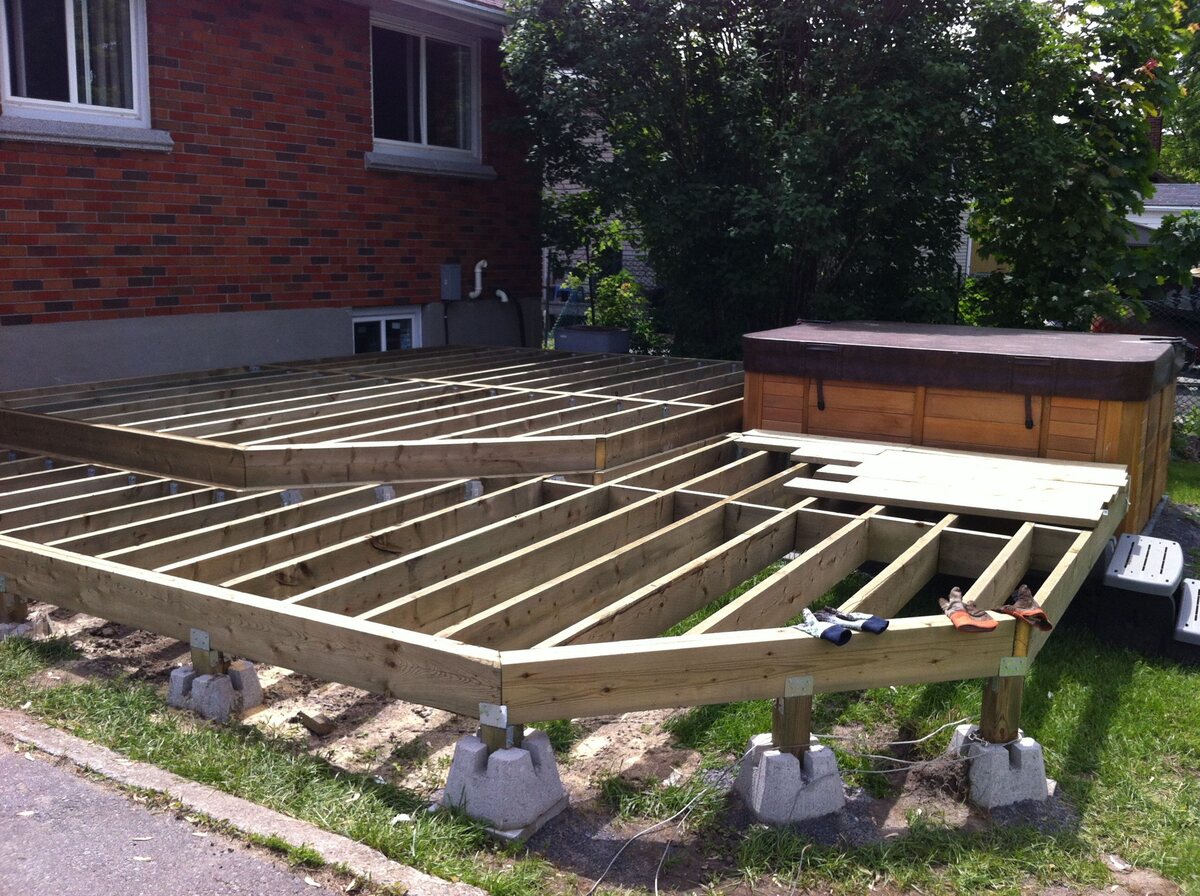

Outdoor Structures
How Many Deck Blocks Do I Need For A Shed
Modified: August 27, 2024
Find out how many deck blocks you need for your shed and other outdoor structures. Get expert tips and advice for your outdoor project.
(Many of the links in this article redirect to a specific reviewed product. Your purchase of these products through affiliate links helps to generate commission for Storables.com, at no extra cost. Learn more)
Introduction
Building a shed can be an exciting and rewarding project, providing valuable storage space and enhancing the aesthetic appeal of your outdoor area. One of the critical aspects of shed construction is the foundation, which plays a pivotal role in ensuring the structure’s stability and longevity. When it comes to building a shed foundation, deck blocks are a popular choice due to their versatility and ease of installation. However, determining the number of deck blocks needed for your shed project can be a crucial decision, as it directly impacts the stability and overall success of the construction.
In this comprehensive guide, we will delve into the intricacies of deck blocks, explore the factors that influence the quantity required, and provide you with a clear understanding of how to calculate the optimal number of deck blocks for your shed. By the end of this article, you will be equipped with the knowledge and confidence to embark on your shed construction journey with a solid foundation, both literally and figuratively.
Key Takeaways:
- Calculate the number of deck blocks needed for your shed by considering shed dimensions, load, and block spacing. This ensures a stable and durable foundation tailored to your specific requirements.
- Factors like soil composition, shed design, and building codes play a crucial role in determining the number of deck blocks needed. Careful consideration ensures a reliable and secure shed foundation.
Read more: How Many Patio Blocks Do I Need
Understanding Deck Blocks
Deck blocks, also known as concrete deck piers or concrete deck blocks, are a popular foundation option for various outdoor structures, including sheds. These precast concrete blocks feature a flat, stable surface on the top, designed to support beams, joists, and other structural elements. The primary advantage of using deck blocks lies in their versatility and ease of installation. Unlike traditional concrete footings, deck blocks do not require digging or pouring concrete, making them an attractive option for DIY enthusiasts and those seeking a more straightforward foundation solution.
Deck blocks come in various sizes and shapes, allowing for flexibility in accommodating different shed designs and load requirements. They are typically equipped with built-in slots or brackets to secure beams, providing a convenient and secure connection point for the shed’s floor framing. Additionally, some deck blocks feature integrated drainage channels to prevent water accumulation and potential damage to the structure over time.
When properly installed, deck blocks create a stable and level foundation for sheds, ensuring adequate support and weight distribution. However, it is essential to adhere to local building codes and manufacturer guidelines when using deck blocks to guarantee structural integrity and compliance with safety standards. Understanding the characteristics and capabilities of deck blocks is fundamental to making informed decisions regarding their application in shed construction.
Calculating the Number of Deck Blocks Needed
Accurately determining the number of deck blocks required for your shed project is a crucial step that directly influences the stability and longevity of the structure. To calculate the optimal quantity of deck blocks, several key factors must be taken into consideration, including the shed’s dimensions, the anticipated load, and the spacing between the blocks.
1. Shed Dimensions: The size of your shed plays a significant role in determining the number of deck blocks needed. Start by calculating the square footage of the shed’s footprint. This involves multiplying the length by the width to obtain the total area that will be in contact with the deck blocks. For irregularly shaped sheds, divide the area into smaller, more manageable sections to facilitate the calculation.
2. Load Considerations: Assess the intended use of the shed and the potential weight it will bear. If the shed will primarily serve as a storage space for heavy equipment, tools, or machinery, it is crucial to account for the additional load when determining the number of deck blocks. Understanding the anticipated load will help distribute the weight effectively and prevent structural issues in the future.
3. Block Spacing: The spacing between deck blocks is another critical factor in the calculation process. The distance between each block impacts the overall support and stability of the shed. Consider the load-bearing capacity of the deck blocks and the recommended spacing provided by the manufacturer. Adhering to the specified spacing guidelines ensures that the weight is evenly distributed and minimizes the risk of sagging or structural stress.
Once you have gathered the necessary information regarding the shed’s dimensions, anticipated load, and block spacing, you can use these factors to calculate the number of deck blocks needed. Divide the total shed area by the area that each deck block can effectively support, taking into account the load distribution and spacing requirements. This calculation will provide you with a precise estimate of the required deck blocks, allowing you to proceed with the construction process with confidence and accuracy.
To determine how many deck blocks you need for a shed, calculate the total weight of the shed and divide by the weight capacity of each deck block. This will give you the minimum number of deck blocks needed to support the shed.
Factors to Consider
When determining the number of deck blocks needed for your shed project, several critical factors should be carefully considered to ensure a stable and durable foundation. By taking these factors into account, you can make informed decisions and optimize the performance of your shed’s foundation.
1. Soil Composition and Drainage: Assess the soil composition and drainage characteristics of the installation site. Soil that is prone to excessive moisture retention or poor drainage may require additional support and precautions to prevent shifting or settling over time. Consider implementing measures such as gravel or sand bedding to enhance drainage and stability.
2. Shed Design and Load Distribution: The design of your shed and the distribution of the anticipated load are crucial factors in determining the number of deck blocks needed. Consider the placement of heavy equipment, shelving, and storage items within the shed to accurately assess the load distribution. Additionally, the shed’s design, including the number of support points and the layout of the floor framing, will impact the placement and quantity of deck blocks required.
3. Building Codes and Regulations: Familiarize yourself with local building codes and regulations pertaining to shed construction and foundation requirements. Compliance with these standards is essential for ensuring the safety and structural integrity of the shed. Building codes may specify minimum foundation requirements based on factors such as the shed’s size, intended use, and geographic location.
4. Environmental Factors: Consider the environmental conditions to which the shed will be exposed, such as wind, snow, and seismic activity. These factors can influence the load-bearing requirements and the overall stability of the shed’s foundation. Selecting the appropriate deck blocks and ensuring proper anchoring or bracing will help mitigate the impact of environmental stressors.
5. Future Expansion and Modifications: Anticipate any potential future modifications or expansions to the shed. If there is a possibility of extending the shed or adding additional structures in the future, consider incorporating flexibility into the foundation design to accommodate these changes without compromising stability.
By carefully considering these factors and integrating them into your planning process, you can tailor the foundation design to suit the specific requirements of your shed project. This proactive approach will contribute to the long-term durability and performance of the shed, providing a reliable and secure storage space for years to come.
Conclusion
As you embark on the exciting journey of building a shed, the foundation serves as the fundamental anchor for the entire structure, influencing its stability, longevity, and overall performance. Understanding the nuances of deck blocks and the factors influencing the quantity required empowers you to make informed decisions and lay a solid foundation for your shed project.
By comprehensively examining the shed’s dimensions, load considerations, block spacing, soil composition, and regulatory requirements, you can calculate the optimal number of deck blocks needed with precision and confidence. This meticulous approach ensures that the shed’s foundation is tailored to meet the specific demands of the installation site and the intended use of the structure.
Furthermore, by considering environmental factors, potential future expansions, and the shed’s design, you can proactively address challenges and preemptively safeguard the foundation against potential stressors and modifications. This forward-thinking mindset sets the stage for a resilient and adaptable foundation that can accommodate the evolving needs of your outdoor space.
As you navigate the process of selecting and positioning deck blocks, remember that attention to detail and adherence to best practices are key to achieving a stable and reliable foundation. Whether you are a seasoned DIY enthusiast or embarking on your first shed construction project, the knowledge and insights gained from this guide will serve as valuable assets, guiding you toward a successful and enduring shed foundation.
Armed with a deeper understanding of deck blocks and the intricacies of calculating the number needed for your shed, you are well-equipped to embark on your construction journey with confidence and clarity. With a sturdy foundation in place, your shed will stand as a testament to meticulous planning, thoughtful consideration, and a commitment to quality craftsmanship.
Excited to spruce up your outdoor living space? Our next guide on distinctive outdoor structures offers practical advice on enhancing your backyard with unique designs. Whether you're eyeing a new gazebo, arbor, or any other intriguing additions, this article is packed with expert tips to help you create a captivating oasis right outside your door. Don't miss out on transforming your outdoor area into a delightful retreat for relaxation and entertainment.
Frequently Asked Questions about How Many Deck Blocks Do I Need For A Shed
Was this page helpful?
At Storables.com, we guarantee accurate and reliable information. Our content, validated by Expert Board Contributors, is crafted following stringent Editorial Policies. We're committed to providing you with well-researched, expert-backed insights for all your informational needs.
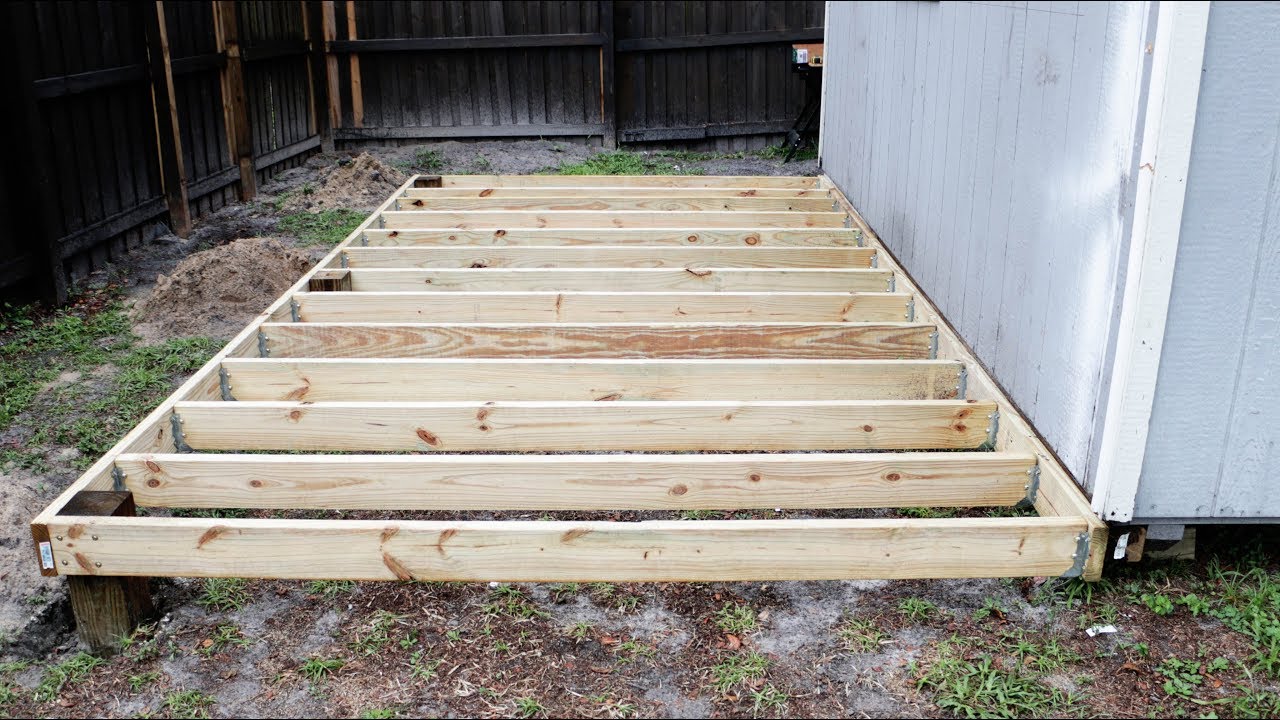
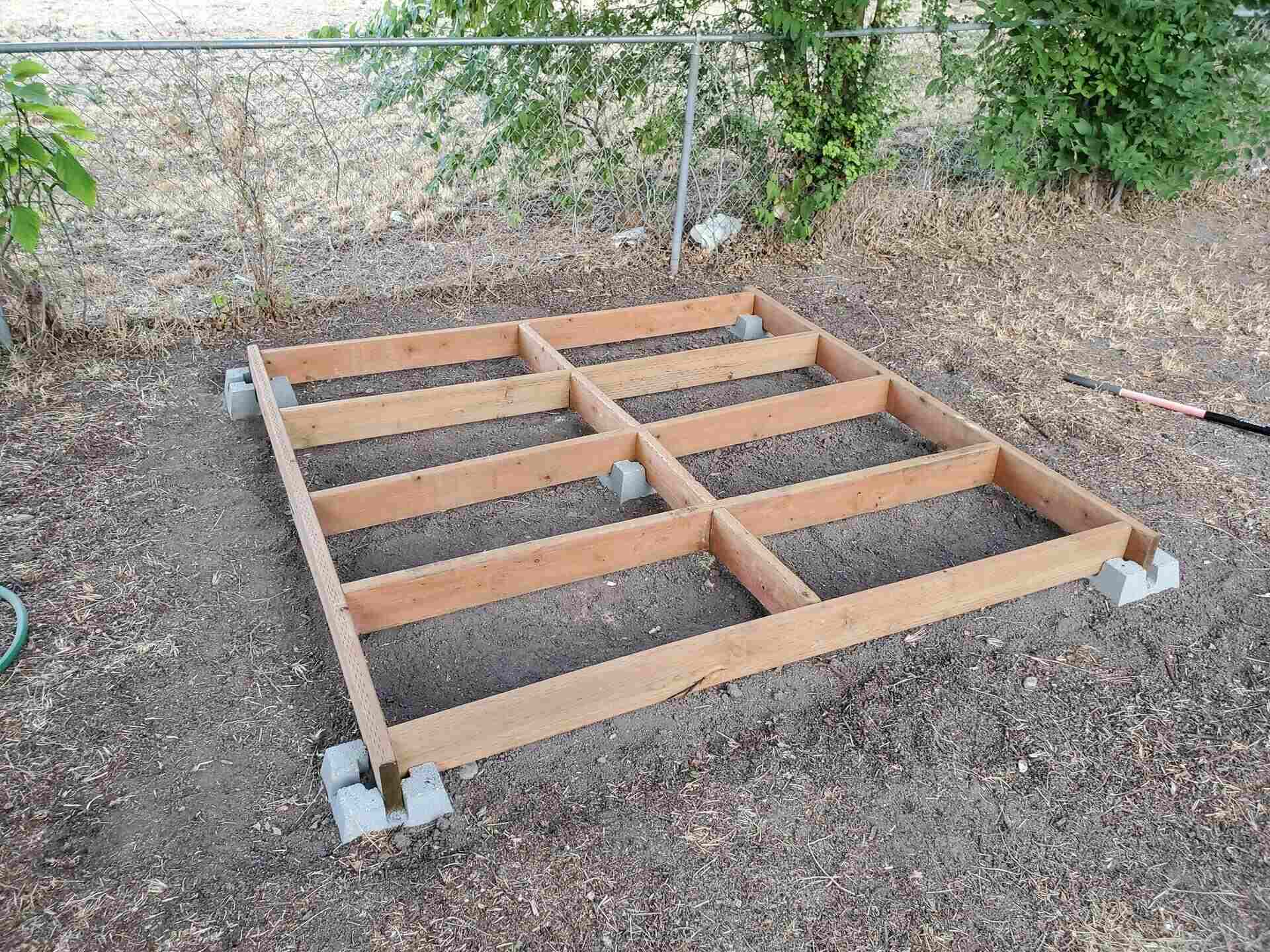
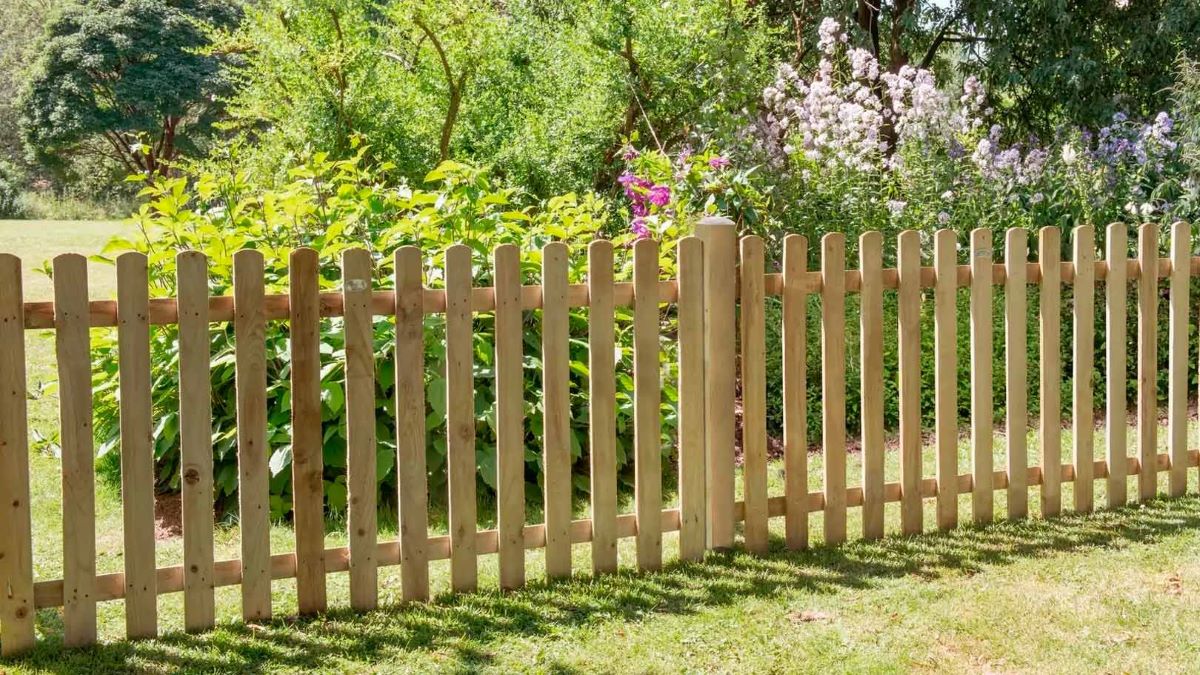
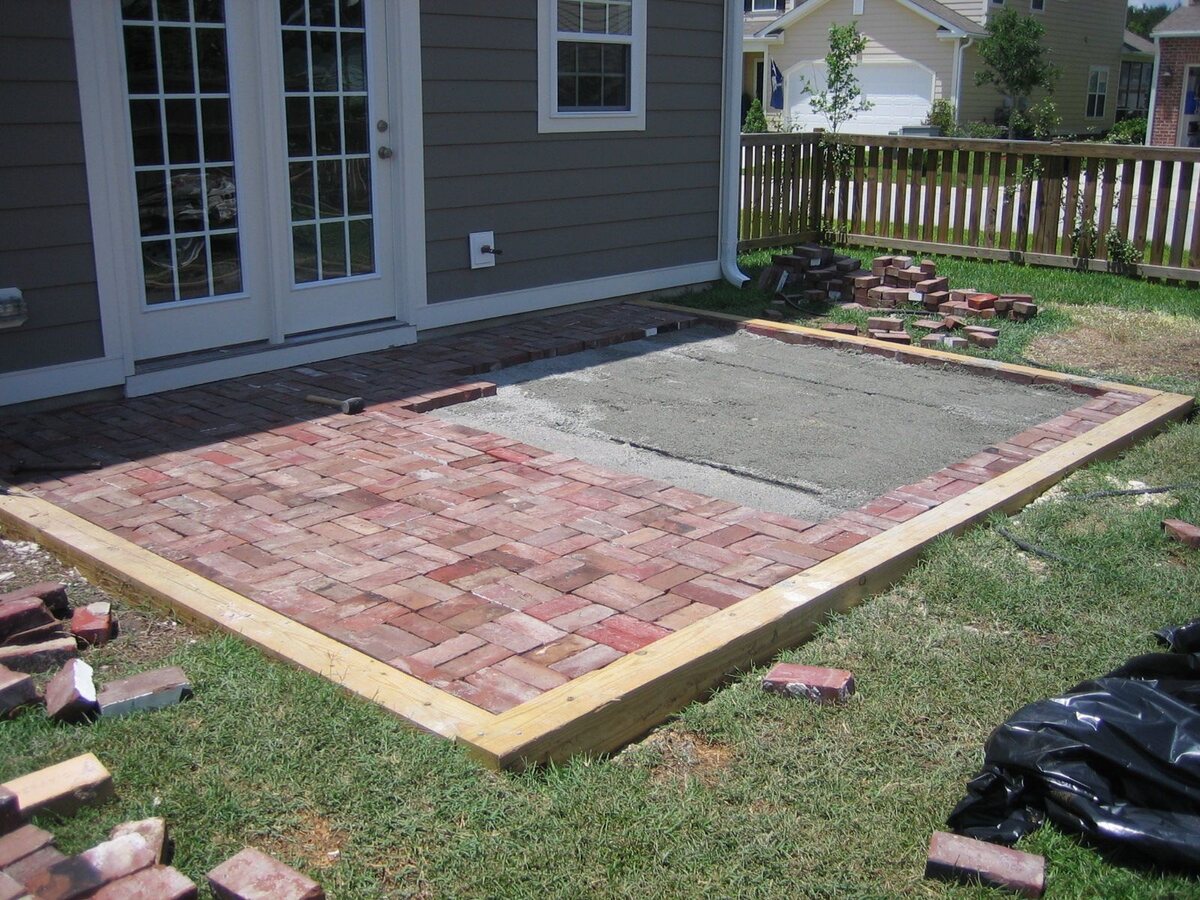

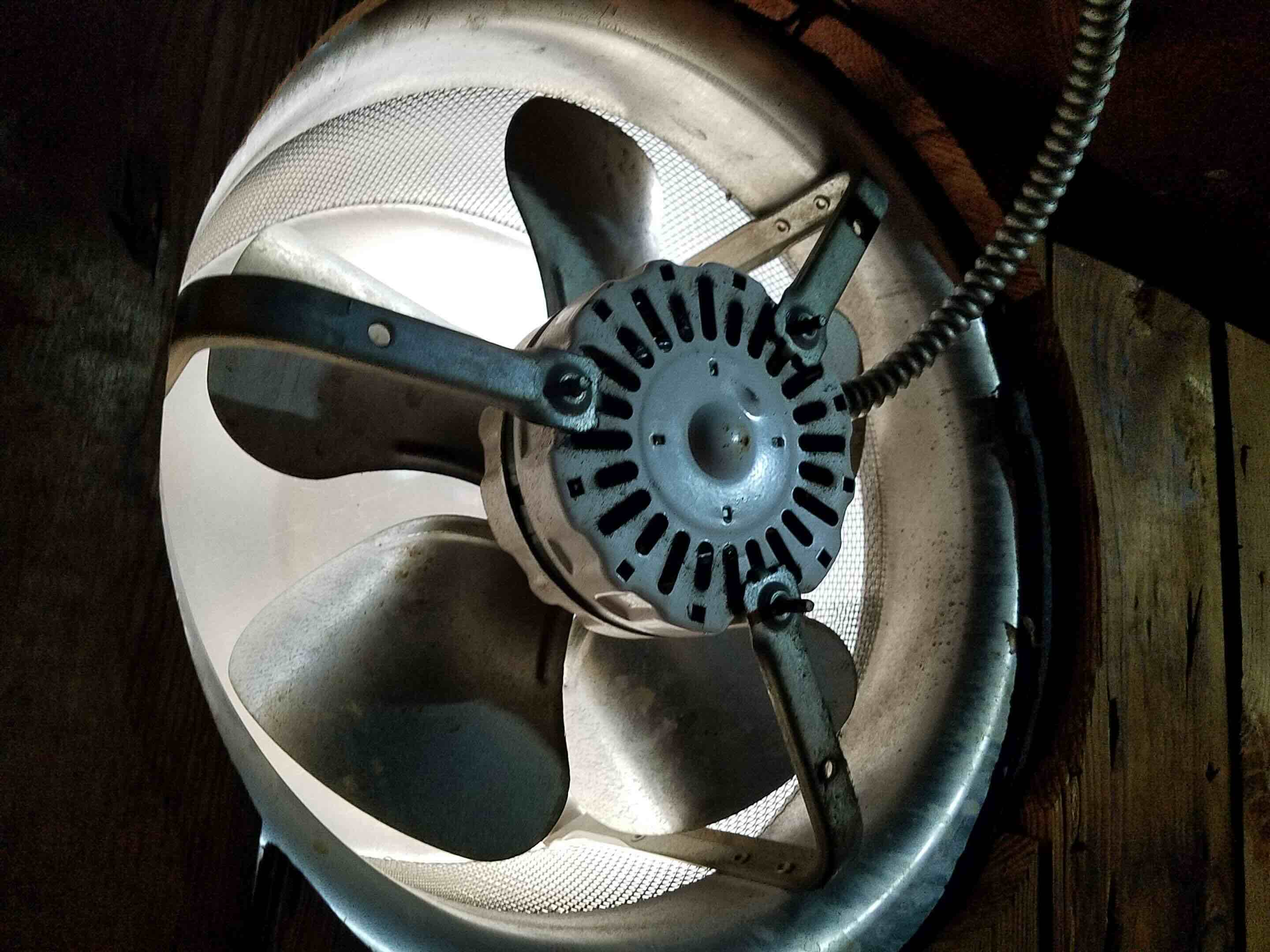
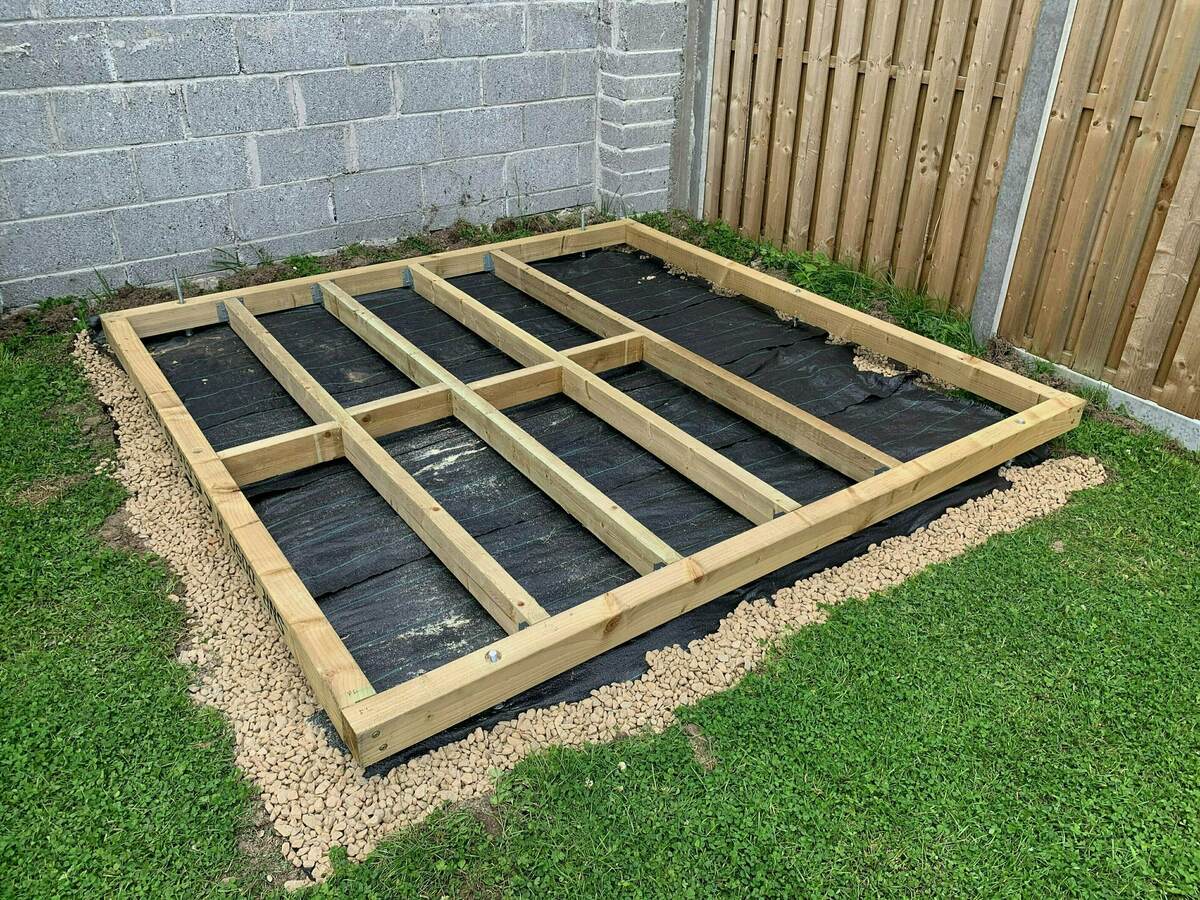
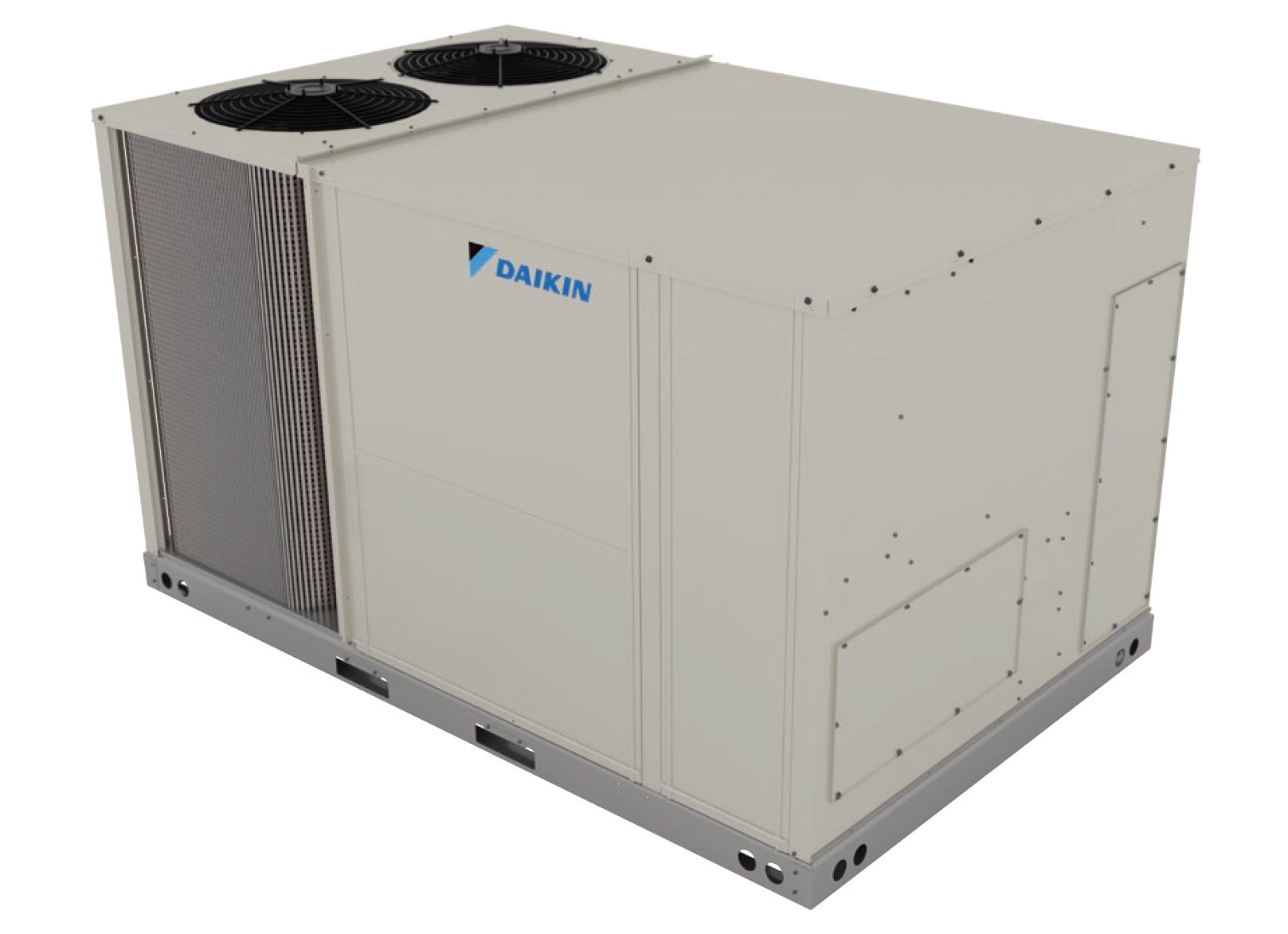
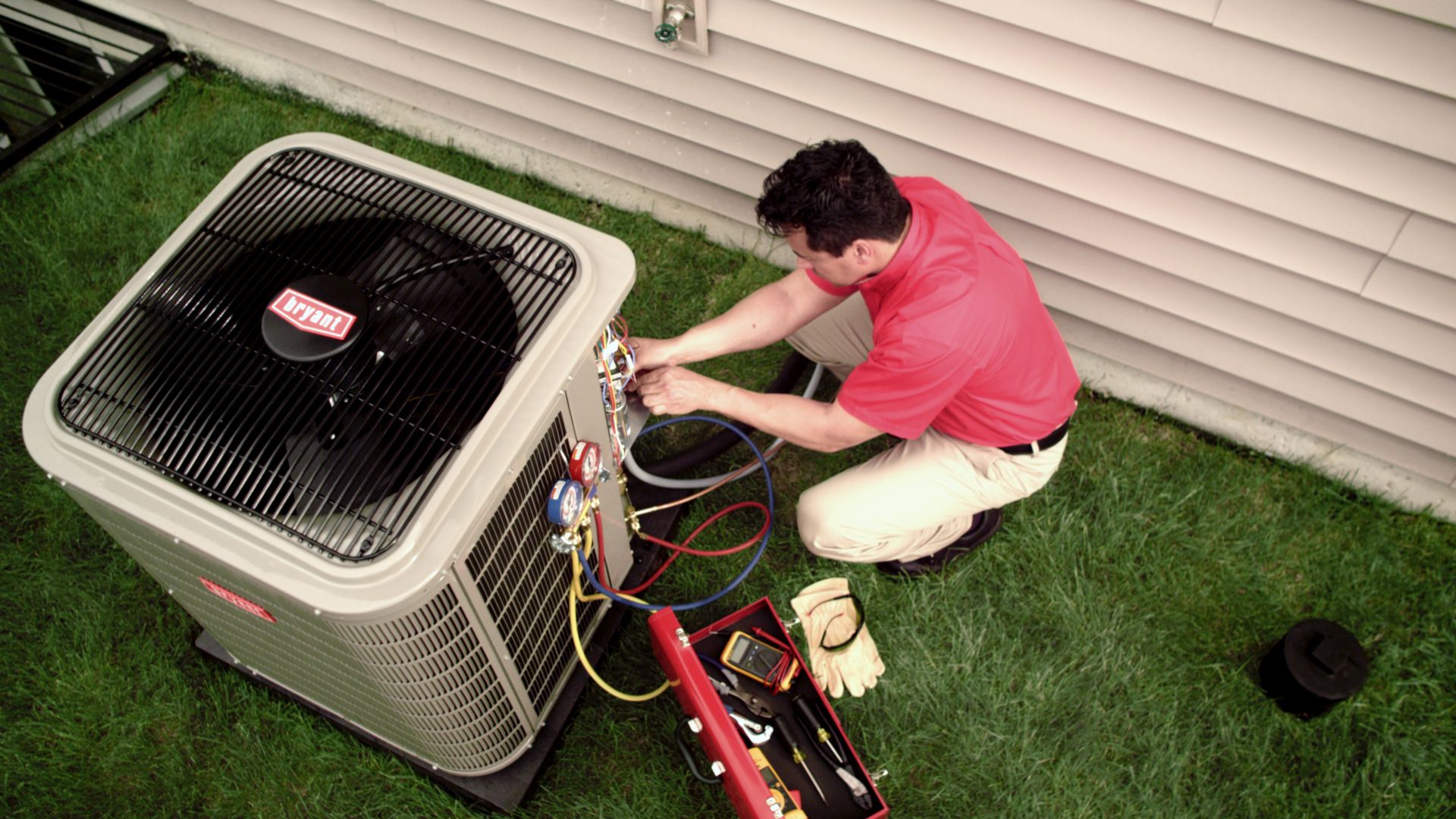
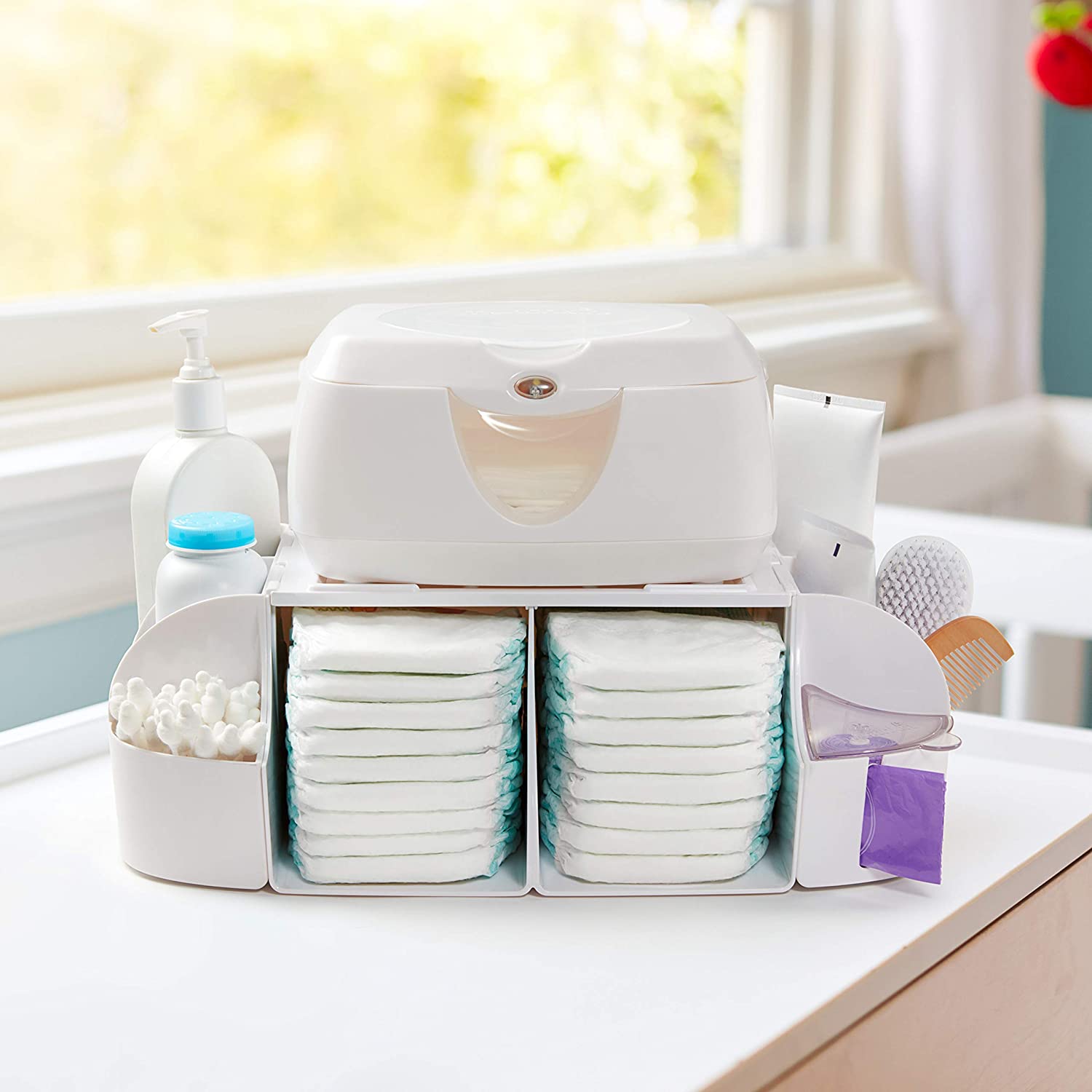


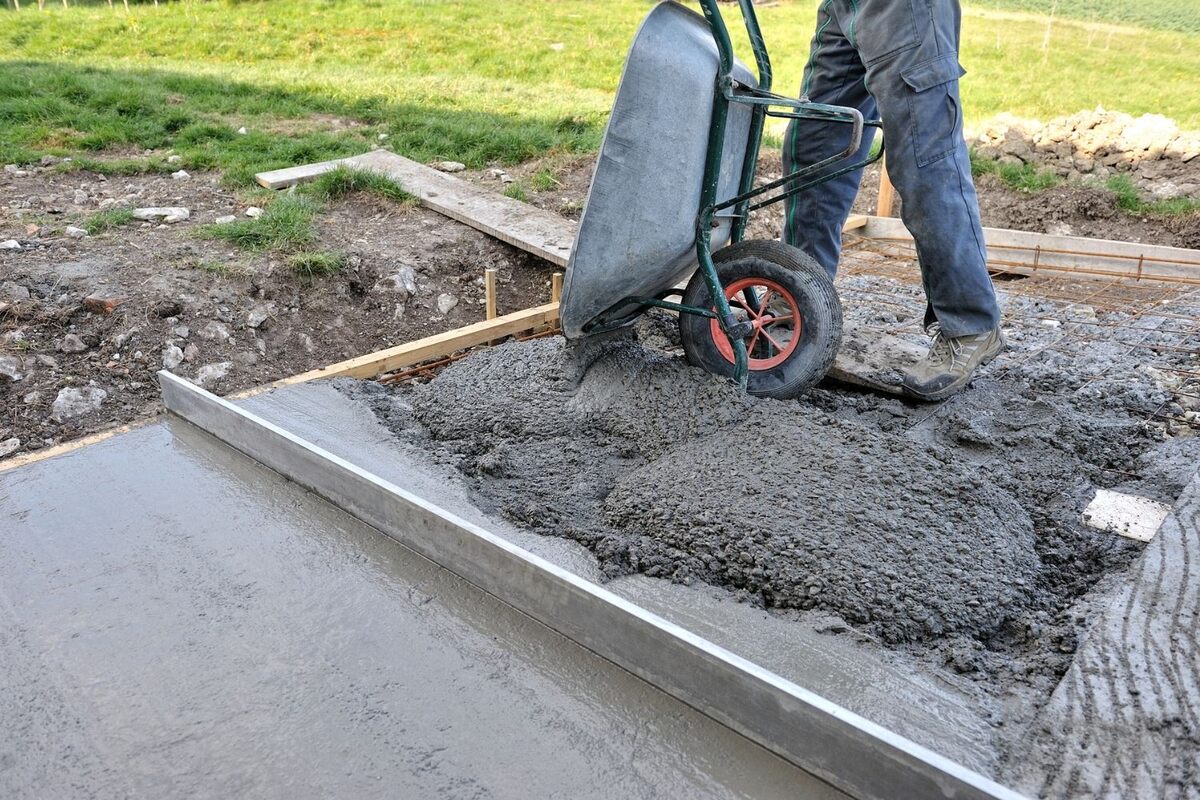
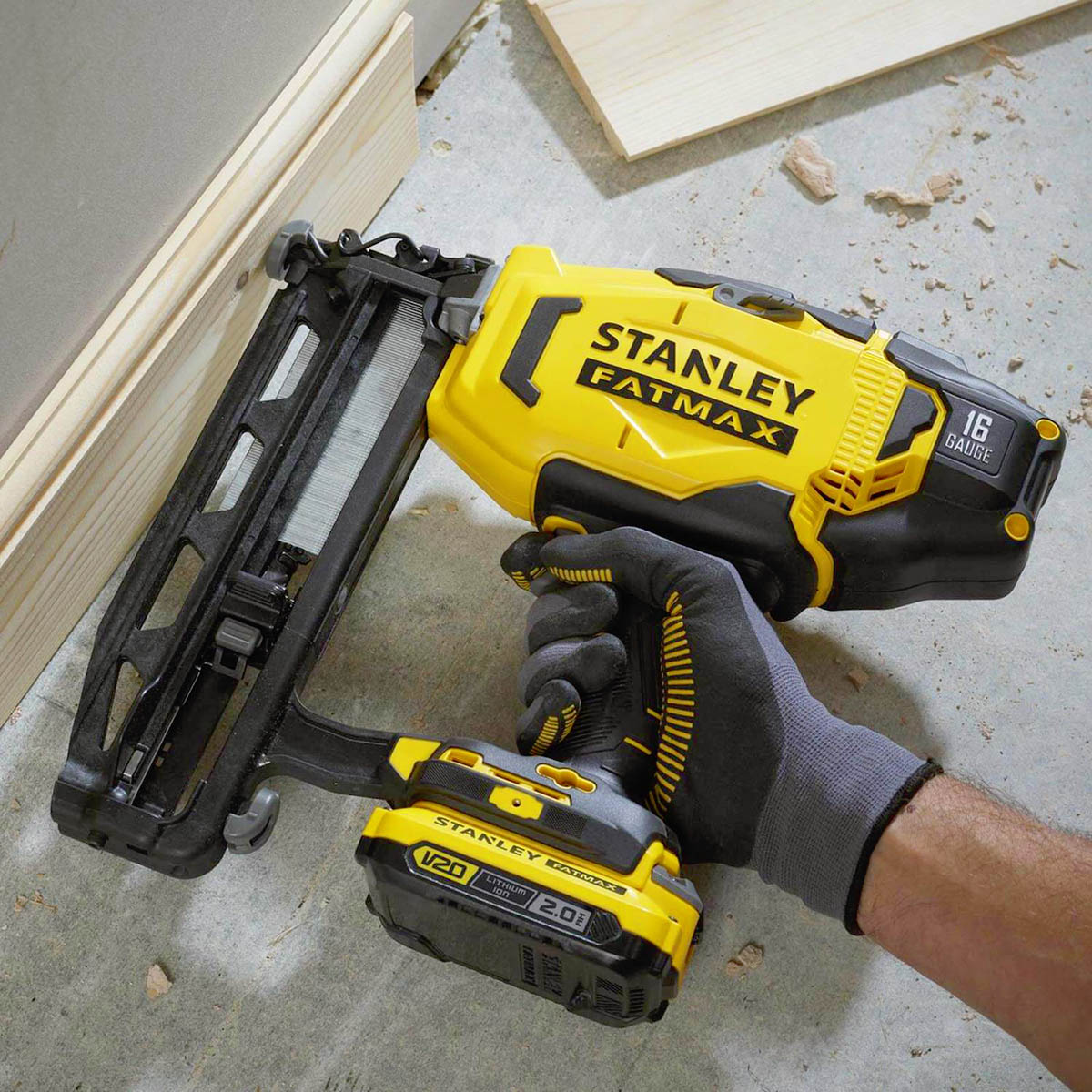
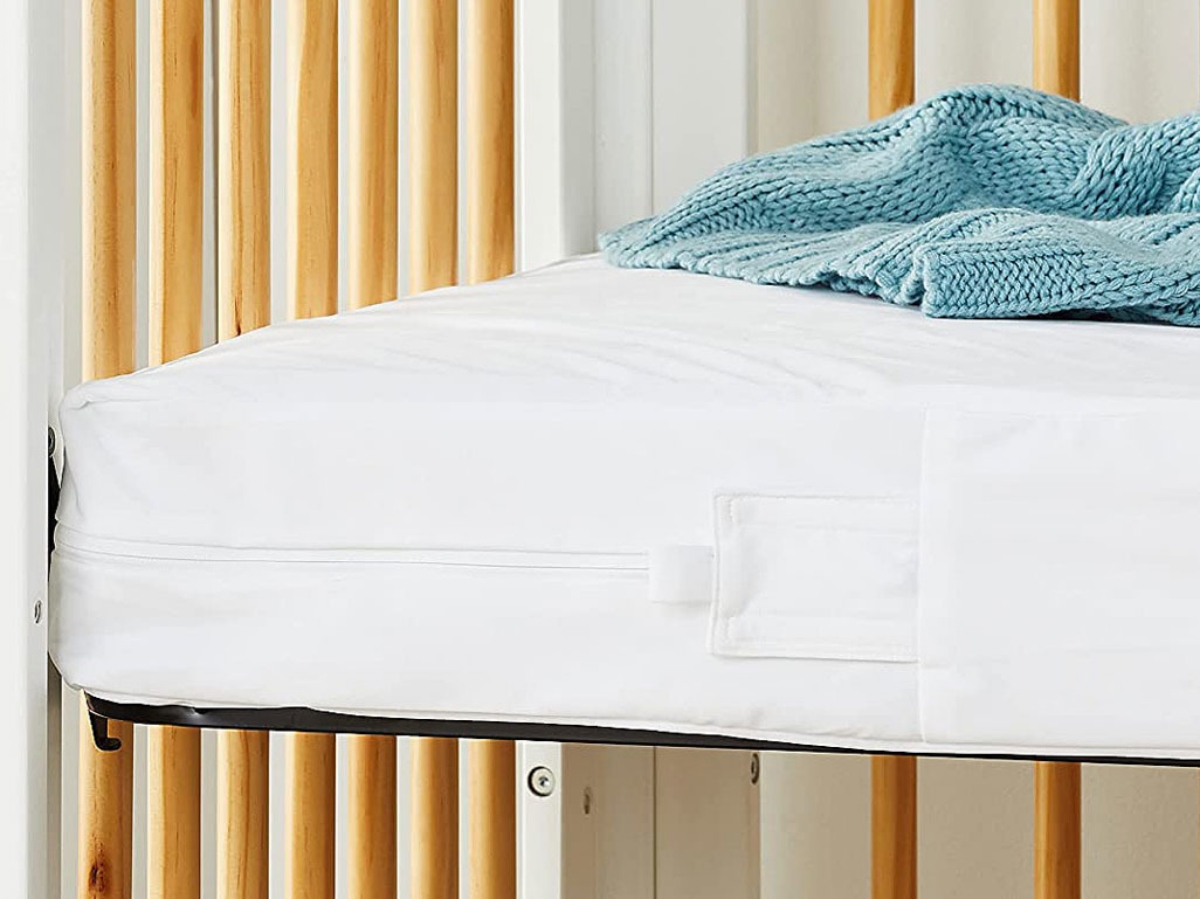

0 thoughts on “How Many Deck Blocks Do I Need For A Shed”